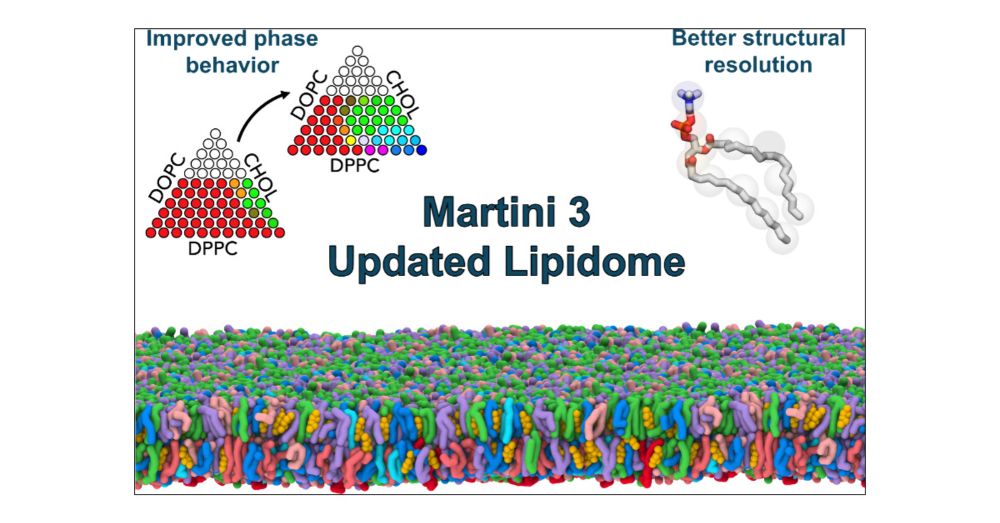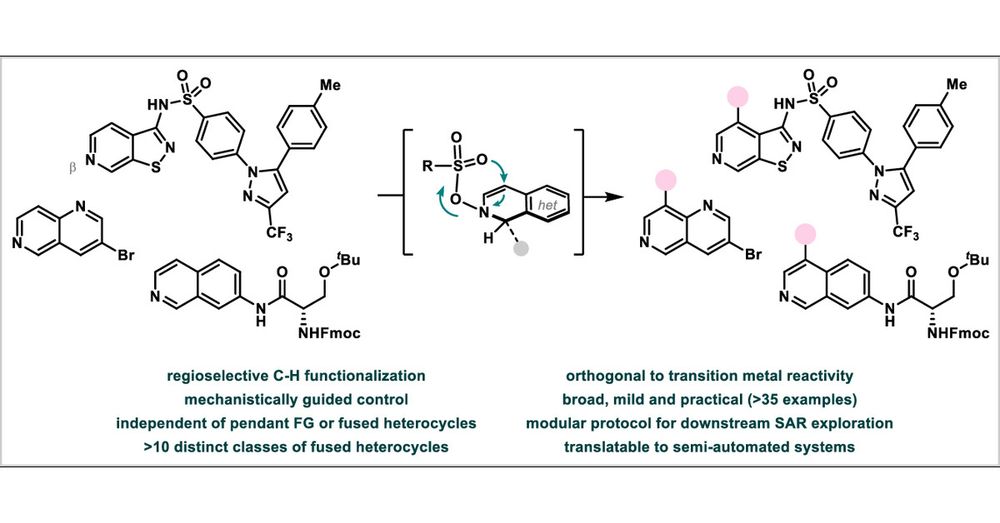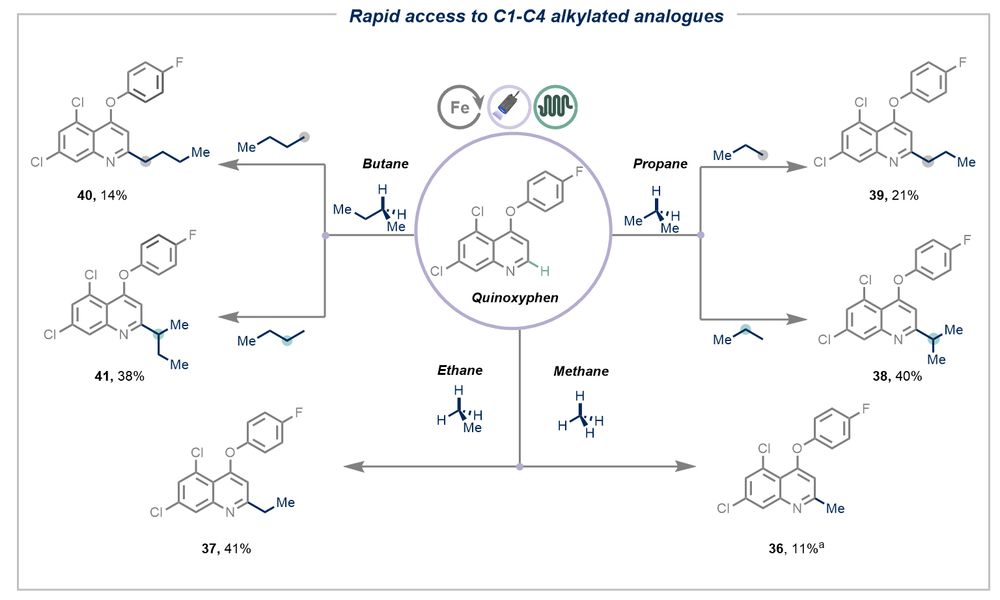

pubs.acs.org/doi/10.1021/...

pubs.acs.org/doi/10.1021/...
📄 Read: pubs.acs.org/doi/10.1021/...
💾 GitHub: github.com/Martini-Forc...
#MolecularDynamics #Biophysics #Simulations #Lipids

📄 Read: pubs.acs.org/doi/10.1021/...
💾 GitHub: github.com/Martini-Forc...
#MolecularDynamics #Biophysics #Simulations #Lipids

Cover story by John Hartwig & team. Substitution, Elimination, and Integration of Methyl Groups in Terpenes Initiated by C–H Bond Functionalization pubs.acs.org/doi/10.1021/...
@acspublications.bsky.social

Cover story by John Hartwig & team. Substitution, Elimination, and Integration of Methyl Groups in Terpenes Initiated by C–H Bond Functionalization pubs.acs.org/doi/10.1021/...
@acspublications.bsky.social
pubs.acs.org/doi/10.1021/...

pubs.acs.org/doi/10.1021/...
You can read our editorial here:
⏩ pubs.acs.org/doi/10.1021/...
#Enantioselective #Catalysis @pubs.acs.org

You can read our editorial here:
⏩ pubs.acs.org/doi/10.1021/...
#Enantioselective #Catalysis @pubs.acs.org
⏩ pubs.acs.org/page/acscii/...
Don’t miss our Editorial!
⏩ pubs.acs.org/doi/10.1021/...
@acspublications.bsky.social #ChemSky #AcademicSky #Medsky #HigherEd

⏩ pubs.acs.org/page/acscii/...
Don’t miss our Editorial!
⏩ pubs.acs.org/doi/10.1021/...
@acspublications.bsky.social #ChemSky #AcademicSky #Medsky #HigherEd

pubs.acs.org/doi/10.1021/...

pubs.acs.org/doi/10.1021/...
by John Hartwig and co-workers in ACS Central Science.
pubs.acs.org/doi/10.1021/...
@acspublications.bsky.social
#ChemSky #ACSCentralScience

by John Hartwig and co-workers in ACS Central Science.
pubs.acs.org/doi/10.1021/...
@acspublications.bsky.social
#ChemSky #ACSCentralScience
pubs.acs.org/doi/10.1021/...

pubs.acs.org/doi/10.1021/...
pubs.acs.org/doi/10.1021/...

pubs.acs.org/doi/10.1021/...
pubs.acs.org/doi/10.1021/...

pubs.acs.org/doi/10.1021/...
pubs.acs.org/doi/10.1021/...

pubs.acs.org/doi/10.1021/...
pubs.acs.org/doi/10.1021/...

pubs.acs.org/doi/10.1021/...
#ChemSky #AcademicSky @pubs.acs.org
pubs.acs.org/doi/10.1021/...

#ChemSky #AcademicSky @pubs.acs.org
pubs.acs.org/doi/10.1021/...
pubs.acs.org/doi/10.1021/...

pubs.acs.org/doi/10.1021/...
pubs.acs.org/doi/10.1021/...

pubs.acs.org/doi/10.1021/...
#ChemSky #AcademicSky
⏩ pubs.acs.org/doi/10.1021/...

#ChemSky #AcademicSky
⏩ pubs.acs.org/doi/10.1021/...
No prefunctionalized reagents—just change the gas to vary the alkyl moiety!
Now at #ACSCentralScience: pubs.acs.org/doi/10.1021/...

No prefunctionalized reagents—just change the gas to vary the alkyl moiety!
Now at #ACSCentralScience: pubs.acs.org/doi/10.1021/...
pubs.acs.org/doi/10.1021/...

pubs.acs.org/doi/10.1021/...
by Erin Stache and co-workers in ACS Central Science
#chemsky #ACSCentralScience
@acspublications.bsky.social
pubs.acs.org/doi/10.1021/...

by Erin Stache and co-workers in ACS Central Science
#chemsky #ACSCentralScience
@acspublications.bsky.social
pubs.acs.org/doi/10.1021/...

